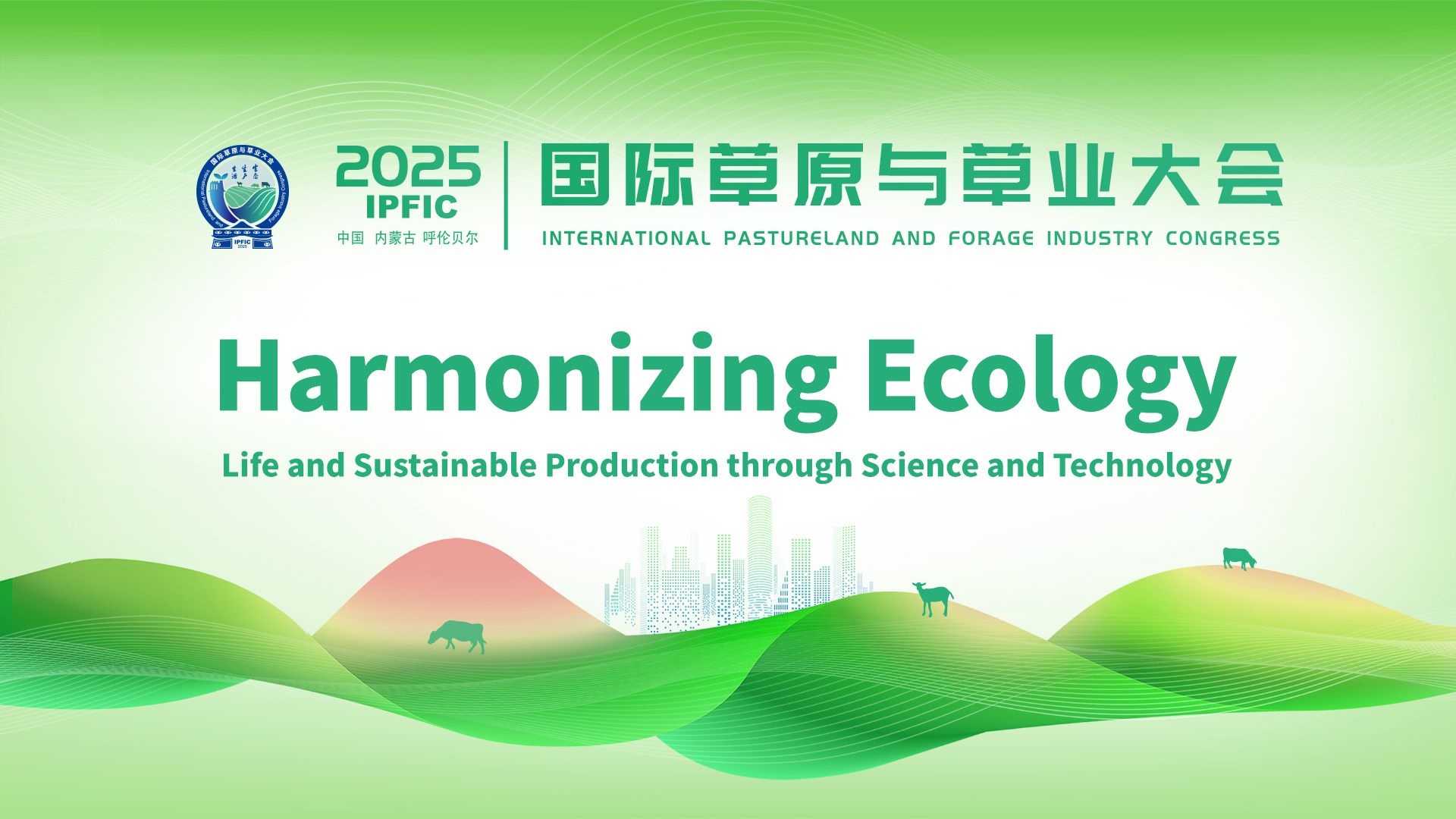Chinese scientists have developed a dataset on cultivated pastures of the Qinghai-Xizang Plateau using satellite remote sensing data to enhance ecological protection of "the roof of the world." The study about the dataset was conducted by researchers from Lanzhou University, Peking University and the Chinese Academy of Sciences, with the findings published in the journal Earth System Science Data.
Residents of Hefei say the city has two suns -- one suspends in the sky and the other lies in an industrial park in the city's suburb. Hefei, capital of east China's Anhui Province, is home to the Experimental Advanced Superconducting Tokamak (EAST). It has been dubbed China's "artificial sun" due to its unique fusion process, which simulates that of the sun. This facility lies at the heart of the country's quest for commercial fusion power, an almost inexhaustible source of clean energy.
Over 400 archival items illuminating China's journey to become a global force in airborne remote sensing are going on public display in Beijing, showcasing four decades of innovation spearheaded by the Chinese Academy of Sciences (CAS). The month-long exhibition, organized by the CAS Aerospace Information Research Institute, opened on Tuesday at the CAS Beijing new technology base.
A groundbreaking 3D printing system developed by Chinese scientists has explored using only on-site-sourced lunar soil to build habitats, paving the way for the large-scale, on-site construction of lunar research stations. The Deep Space Exploration Laboratory in Hefei, Anhui Province, has successfully prototyped a lunar regolith 3D printer that eliminates the need for Earth-sourced construction materials, according to Yang Honglun, a senior engineer at the lab.


10
Jul, 202507
Aug, 202506
Sep, 202508
Jun, 2025Chengdu, Sichuan
12
Jul, 2025Harbin, Heilongjiang

Institute of High Energy Physics
Beijing/Dongguan, Guangdong

86-10-68597521 (day)
86-10-68597289 (night)

52 Sanlihe Rd., Xicheng District,
Beijing, China (100864)

